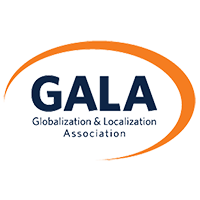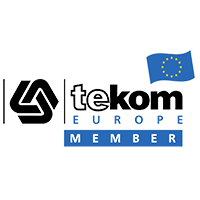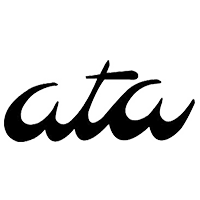Saving Money and Improving Localization Quality by Using DITA
From tablets of stone to your tablet in less than 3500 years. How your business can save money and improve localization quality using DITA.
Publishing has come a long way since Moses hoisted stone tablets up Mount Sinai. Before Desktop publishing software began to appear in the early 1980’s, publishing usually involved the use of a typewriter and expensive phototypesetting equipment. Publishing and distributing technical manuals was an important expense. Desktop Publishing tools like PageMaker and later WordPerfect, FrameMaker, Quark and InDesign helped to revolutionize publishing by making it possible to create professional looking documents using an intuitive WYSIWIG layout with minimal expense and expertise.
While DTP tools remain a mainstay of the publishing world, authoring documents in a particular tool makes re-use complicated. A technical manual for one product will often share similar content for another product by the same company. For example, a manual authored in Word would need to have any shared introductions, warning text or legalese copied from one document to another. Whenever common text needed to be updated for one manual, every other manual would also need to have updates made to it. This often made technical manuals seem like stone tablets to the departments responsible for technical communications. More professional DTP tools like FrameMaker helped enable reuse by being able to split documents into “books” – typically only a chapter at a time. But still this approach made reusing content inefficient and costly.
The cost of updates is particularly important when factoring localization costs. Even limited updates made to a small number of chapters will often involve substantial localization desktop publishing costs. Multiply these costs by a number of target languages used to communicate globally, and businesses need to have a clear understanding of the return on investment of their localization program.
During the 1990’s tools such as Quadralay’s WebWorks began to gain popularity. These tools allowed companies to author in a tool such as FrameMaker, then convert content to another format like HTML, making it possible to release instructional materials both as paper-based manuals and electronically as online help systems. This helped to reduce publication costs as some businesses were able to release products with “optional” paper manuals, while online help systems were easy to republish with updates and corrections.
Seen in this context, DITA is a logical progression for technical authoring. DITA is an open standard authoring framework which allows businesses to manage and reuse their content assets intelligently without ever needing to copy and paste between files and formats. DITA is based on XML and originally developed by IBM, but released in 2005 as an open source architecture which is now maintained by OASIS.
Henry Ford famously remarked that customers could have their Model T Ford car painted any color they wanted as long as it was black. These days most car manufacturers offer a wider range of color options along with different models, specifications and accessories reflecting the tendency of consumers to want increasingly personalized products. This growing tendency has been mirrored across everything from consumer products like washing machines and mobile devices to the most sophisticated medical devices, meaning that there is an increasing need to provide more personalized information to accompany this explosion of choice.
Why implement DITA?
As we have seen, a narrative-style approach to technical writing where an author begins at page 1 is not a scalable authoring solution once updates, product functionality variations and localization are considered.
However, because DITA forces authors to focus on single topics rather than a logical progression of chapters in a manual, the biggest hurdle encountered when implementing DITA is the required change of mindset in order to adjust to this paradigm shift. This can initially be a tough change, but the eventual benefits are normally found to outweigh the initial learning curve.
- DITA is organized into core topic types which allow you to reuse topics by using them like building blocks to create any format you like, such as pdf or HTML optimized for mobile or desktops.
- Targeting different users with personalized documentation becomes straightforward. For example a medical device manufacturer that sells cardiac pacemakers needs to provide different technical documentation for physicians and patients. With DITA, this is easy to achieve because topics which are too technical can simply be removed from the patient documentation.
- Because DITA is based on XML, the content and format are separate, meaning that format can be managed completely, separately. This is great, because it means that previously painful changes such as a company re-branding can be handled easily, you only need to do this once – your content will update automatically.
- DITA also increases productivity by helping to encourage collaboration; because of its topic-based approach; multiple writers can work simultaneously on the same document by working on different topics.
- Finally, localization savings can help to justify a move to DITA. Your business can quickly and easily identify new or changed topics for translation, meaning that you only ever need to translate anything once. Because content and format are handled separately, hours of DTP become a thing of the past- the transformation takes minutes using language templates.
DITA is now a mature process with sophisticated tools and training which allows your global customers to access your content however they want – either on paper or on-the-go via their phones and electronic tablets.
Learn how Argos Multilingual can help address the challenges of localizing DITA content in Part 2 of this blog post series.




